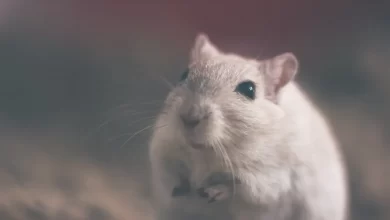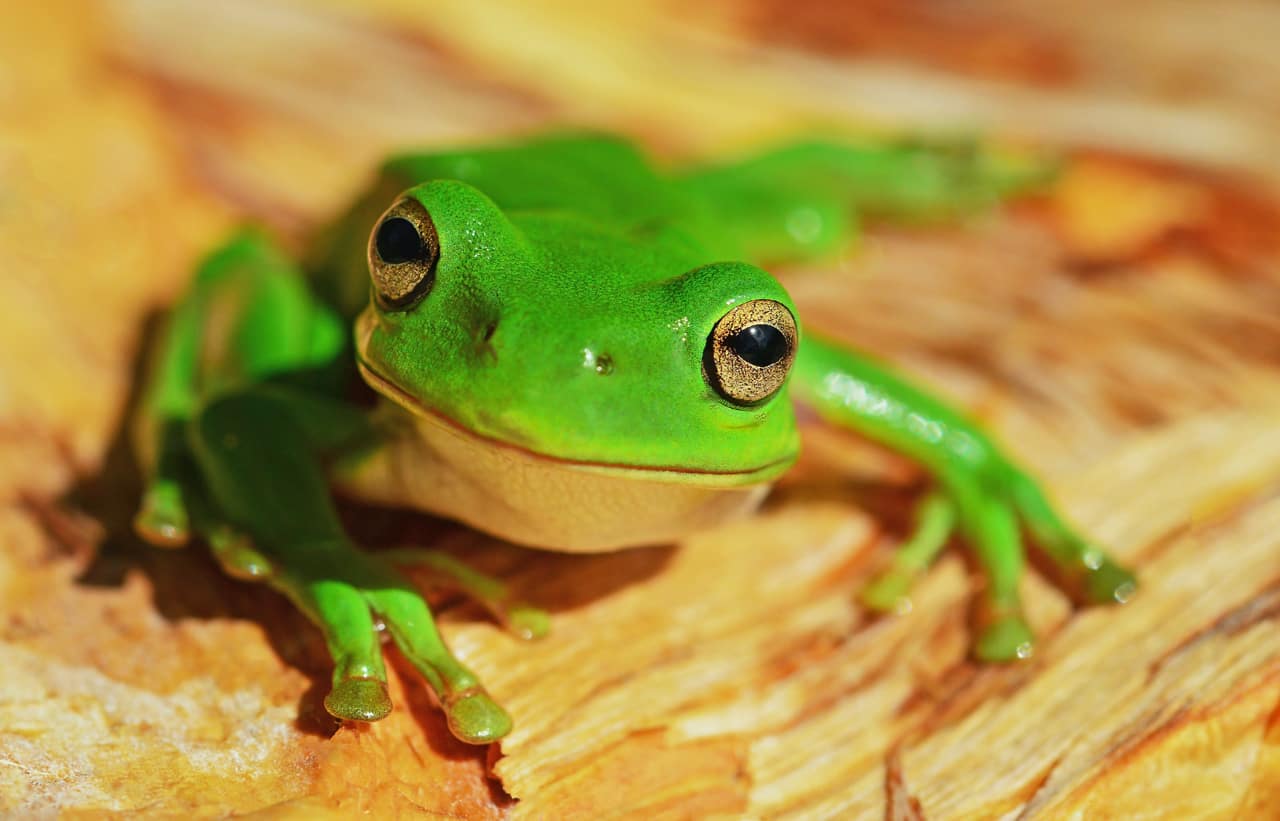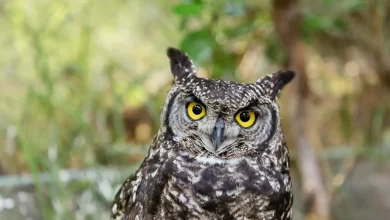The cat is a very cute and adorable animal. It is a domestic animal and is loved for its companionship worldwide. It has razor-sharp claws, and keen eyes help them to see even at night. That means it has much better nocturnal vision than humans do. So here are 55 interesting facts about this beautiful creature and one of the most loved pet animals.
- A cat’s lower jaw cannot move sideways. This is because they have thick bones at the jaw’s angle and strong ligaments that join the lower jaw to the upper jaw.
- Cats recognize the voice of their owners but never evolved to care for it.
- The International Cat Association (TICA) recognizes 71 standardized breeds of cats, the Cat Fanciers’ Association (CFA) recognizes 44, and the Fédération Internationale Féline (FIFe) recognizes 43 species of cats in the world.
- The male cats reach maturity at the age of 9 to 12 months, whereas females reach maturity at 6 to 10 months.
- Pregnancy lasts for about nine weeks or about 63 to 67 days.
- The world’s fattest cat, An Australian chunker named Himmy, who weighed about 46 pounds, broke the record in 1986. Jimmy was so big, he needed to be carried in a wheelbarrow, and he died shortly after he won the prize at age 10.
- The majority of cats do not have any eyelashes and are unable to see their nose directly.
- An average Cat brain storage capacity is equivalent to 91000 Gb of data.
- Their brain does of a cat does about 6.1 trillion operations per second.
- Cats have better short-term memory and are more complex brains than dogs.
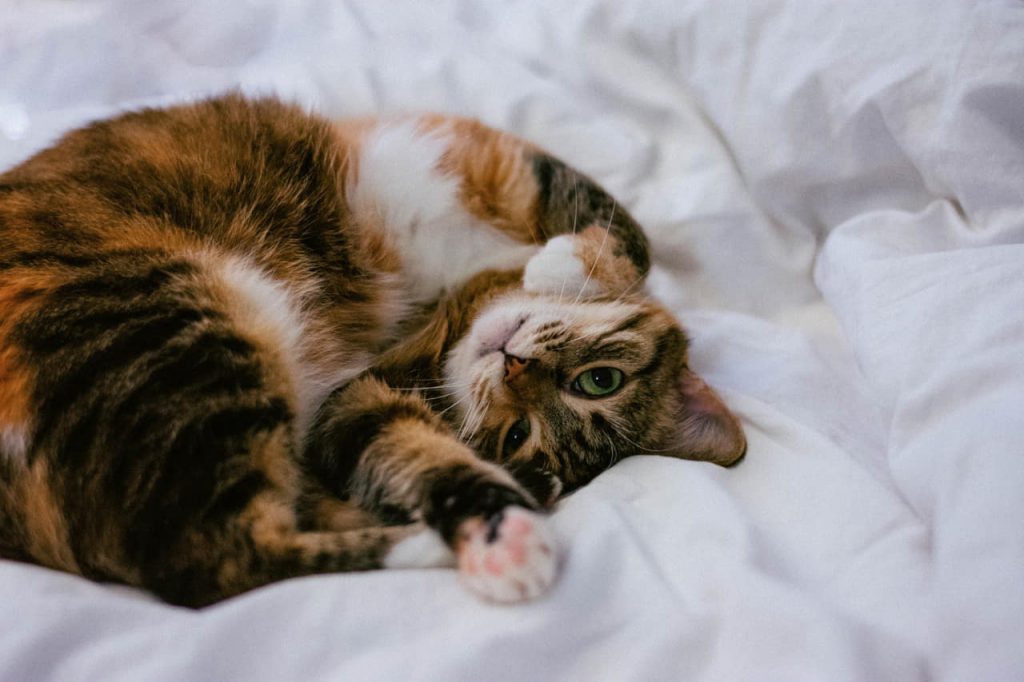
- Most cats in Halifax (a city in Nova Scotia, Canada) have six toes.
- Cats have +100 sounds in their vocal repertoire(sounds), while dogs have only 10.
- Cats are the generations of pantherlike creatures that first appeared in southeast Asia about 10.8 million years ago.
- Cats can become addicted to tuna fish and refuse to eat anything else, becoming what’s known as tuna junkies. This happens because of inadequate amounts of Vitamin e in tuna fish which leads to the condition called steatitis (also called as yellow fat disease).
- Cats are also thought to be as trichromats, but not like humans have. A cat’s vision is similar to a human who is color blind. They can see shades of blue and green, but reds and pinks can be dim and confusing. Cats also don’t see the same saturation and richness of hues of colors that we can.
- Cats have excellent night vision, beside they have blurry eyesight. They have a superior ability to see in the dark because of a high number of rods in their retina, which is extremely sensitive to low light. They need roughly one-sixth of light than humans do.
- Relative to their size, cats have the largest eye size of any mammal. They have pupils that change size faster than the circular pupil of many mammals, which allows them to see better in different levels of light.
- A cat can run about 30 miles (48 km) per hour when it grows up.
- 25% of cat owners blow dry their cat’s hair after bathing them, where it’s okay for cats to dry themselves with air dry in open surroundings.
- Cats are common pets in all continents of the world (except Antarctica), and their global population is difficult to calculate, but it is estimated that there are over 200 million to 600 million cats on the globe.
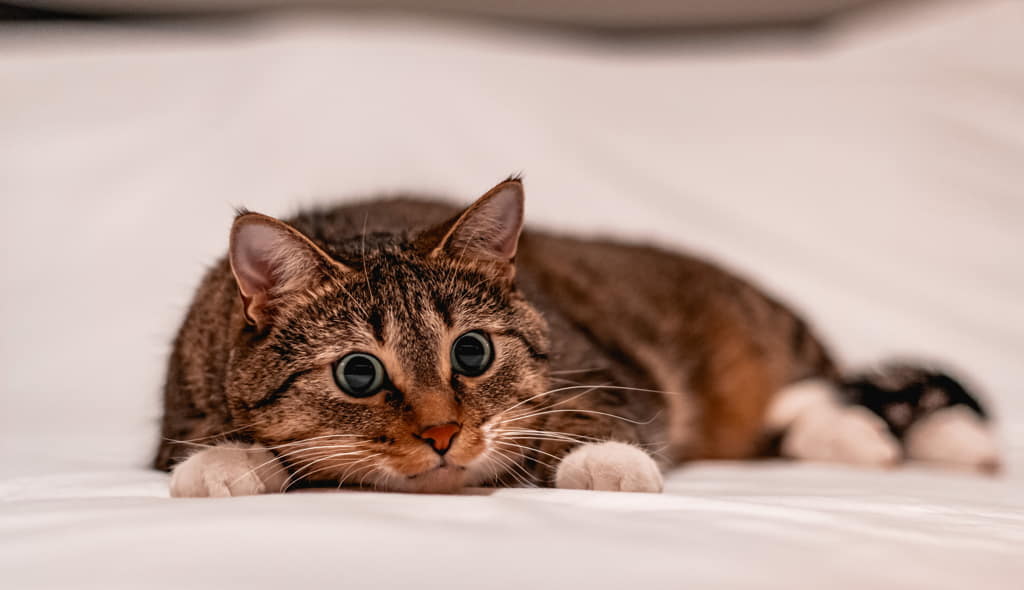
- A pack of adult cats is called as a clowder, whereas a group of kittens is called as kindlee.
- Cat outer ears are made up of whopping 32 muscles compared to 6 than that of humans. These muscles help them control swivel and rotate their ears so they can concentrate on the exact source of noise. They can rotate their ears 180 degrees.
- Cats tend to have excellent hearing power with frequencies ranging from 20 Hz to 64000 Hz. The normal pitch of a human is about 3000 Hz.
- The cat’s ear can amplify sound waves 2 to 3 times for sound frequencies between 2000 and 6000 Hertz (Hz).
- Despite its reputation for being finicky, an average cat consumes about 1,27,750 calories a year, nearly 28 times its weight in food and the same amount again in liquids. In case you were wondering, cats cannot survive on a vegetarian diet.
- Cats rarely meow at each other. Meowing is reserved for “speaking” with humans.
- Cats do not have taste receptors to taste sweet food.
- A domestic cat’s sense of smell is about fourteen times stronger than that of humans. They have about 200 million odor-sensitive cells in their small nose, whereas humans only have 5 million odor-sensitive cells. They also have a scent organ in the roof of their mouths which is called as vomeronasal.
- Cats have better memories than dogs. Tests conducted by the University of Michigan concluded that while a dog’s memory lasts no more than 5 minutes, a cat’s can last as long as 16 hours exceeding even that of monkeys and orangutans.
- The cat lover is called an ailurophile, while a cat hater is known as an ailurophobe.
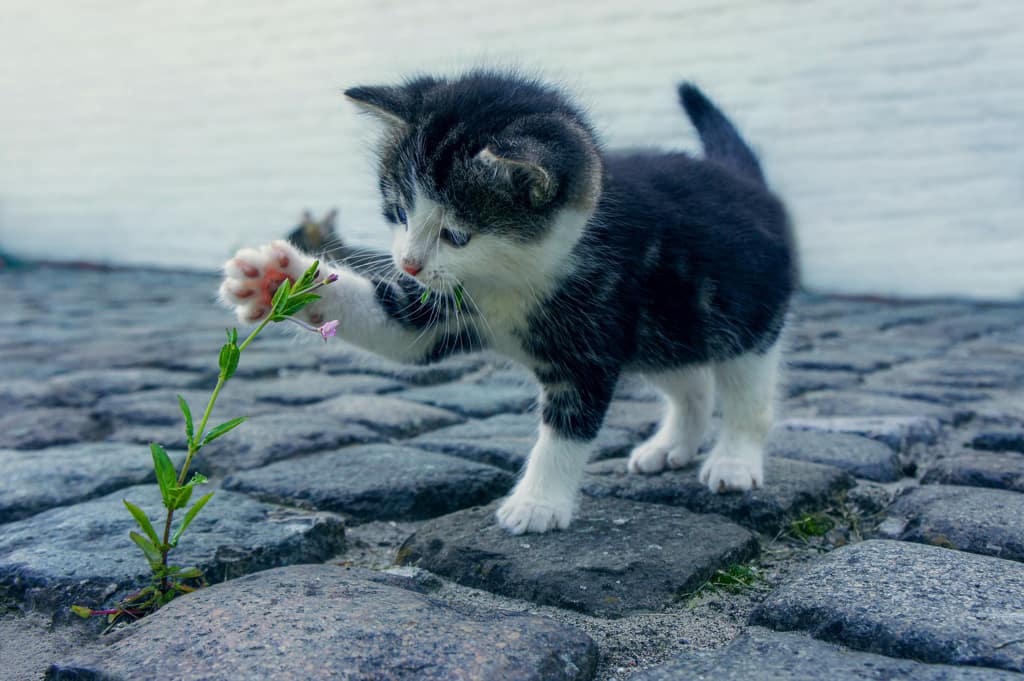
- Cats spend 50% of their waking hours grooming themselves. They do this by licking themself by their tongue. It also helps them to kill stress.
- Cats may curve their tail around people they are bonded to and may intertwine their tails with other cats they’re bonded to. This is called affiliative behavior.
- Cats are loving, too, as they show affection to people they are bonded with by curving their tail around them.
- A cat’s tongue consists of tiny “hooks,” which come in handy when tearing up food.
- According to a study by American Veterinary Medical Association. Cats can survive fall from 5.5 stories and as high as 32 stories.
- Cats have a life span of 2 to 16 years.
- A house cat spends 70% or 2/3 of their life sleeping.
- The nose pad of each cat has ridges in a unique pattern that resembles human fingerprints.
- There are more than 230 bones in a cat which makes them so flexible. The pelvis and shoulders loosely attach to the spine, which adds to their flexibility, allowing them to fit through very small spaces.
- Cats and humans have been associated with being together for nearly 10000 years.

- Non-pedigree cats have a higher incidence of tabby markings than pedigree cats. Non-pedigree cats are also more often more robust than highly bred cats.
- The cheetah is the only cat in the world that can’t retract its claws.
- Cats use their tails to balance their walk. It also helps them to run faster and turn quickly around corners and small spaces.
- The urine of cats glows brightly under ultraviolet light. This happens because the urine contains element phosphorus and broken blood proteins, which makes its urine possible to glow under black light.
- The most expensive cat in all species to buy is the Ashera which costs about $125,000 per cat.
- Cats’ brains account for about 0.9 percent of their body mass. Their cerebral cortex contains about twice as many neurons as that of dogs. Cats have 300 million neurons, whereas dogs have about 160 million.
- An adult cat has a total of 30 teeth, out of which 16 are on the top and 14 are on the bottom.
- There are approximately 60,000 hairs per square inch on the back of a cat and about 120,000 per square inch on its underside.
- Domestic cats and tigers share 95.6% of their DNA and they have a common ancestor which was around 10.8 million years back.
- Cats and kittens should be acquired in pairs whenever possible as cat families interact best in pairs.
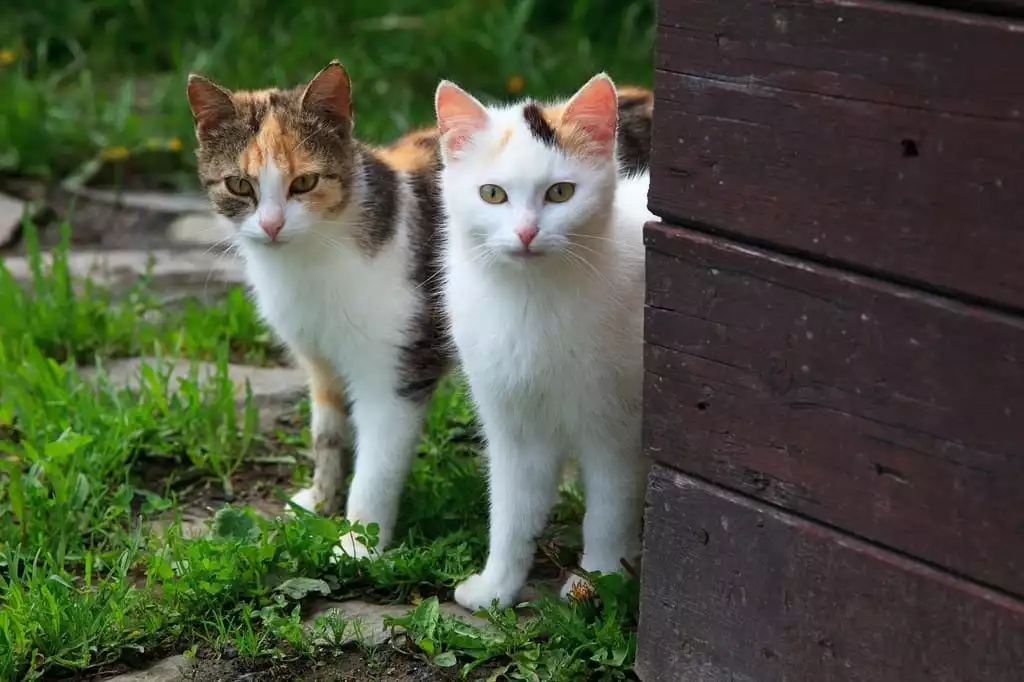
- Cats have about 120,000 hairs per square inch underside and 60,000 hairs inch on the backside.
- The heart of cats beats twice as fast as humans, nearly at 160 to 180 beats per minute.
- Its believed that cats or kittens should be acquired in pairs as they behave well with their counterparts.
- A healthy cat’s body temperature stays around 38 and 39 degrees Celcius.
- According to Guinness world records, the longest cat on the planet is Maine coon named ludo with 118.33cm in length and lives in Wakefield, Yorkshire.
References
- Independent.co.uk(Cats recognize their owners voice)
- Nypost.com(Worlds fattest cat)
- catbehaviorassociates.com(Yellow Fat Disease
- Pets-global.com
- Wikipedia-Human Interaction with cats
- Worldatlas.com(Total Cats in the world)
- Cathealth.com(How well cats can hear)
- Todayifoundout.com(Cats can survive fall from very height)
- Prettylittercats.com(how long is cat human relationship)
- Celiahammond.org
- Wikipedia-cats
- Britannica-cats


